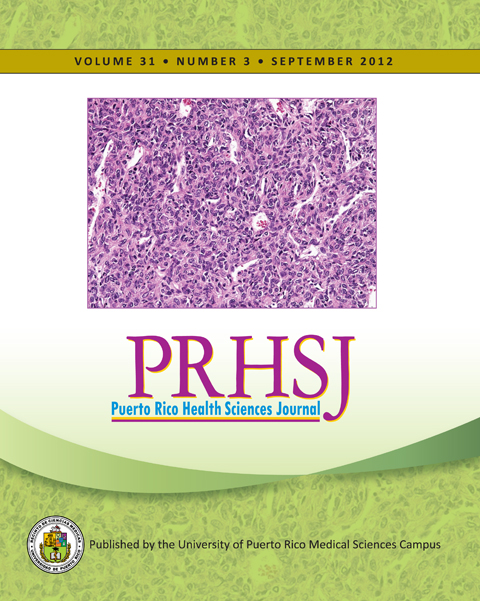Abstract
Recent advances in the field of biomedical prevention have induced optimism among both the scientific community and the public in general. The discussion of the research evidence is complemented with a discussion of the implications of this evidence for the Caribbean, highlighting the issues and controversies that should be considered in order to encourage and advance the responsible consideration of biomedical strategies. Traditionally, HIV prevention strategies have been characterized as predominantly behavior, social or biomedical. In practice, however, some strategies defy classification: even when they rely on technological or pharmaceutical elements, they have to be adopted by a society and the individuals within it. Moreover, whatever the strategy used, it will have to be distributed, implemented and made available through health care systems or other means. And its cost will be absorbed by specific funders or by society in general. Given the current historical context of the HIV/ AIDS epidemic and the array of strategies required to control it, these distinctions (biomedical vs. behavior) can hinder the collaborations required to provide the needed combinations of strategies. The efficacy of the diverse strategies range from: 99% for programs to prevent MTCT, 63% for pre-exposure prophylaxis (PrEP), 96% for treatment as prevention, 39% for vaginal microbicides (54% with good adherence), post exposure prophylaxis (PEP), 31% for a vaccine and 53-60% for medical voluntary adult circumcision. To curtail and eliminate the HIV/AIDS epidemic in the future, expansion and scaled-up implementation of combinations of such strategies will be needed.
Authors who publish with this journal agree to the following terms:
a. Authors retain copyright and grant the journal right of first publication with the work simultaneously licensed under a Creative Commons Attribution License that allows others to share the work with an acknowledgement of the work's authorship and initial publication in this journal.
b. Authors are able to enter into separate, additional contractual arrangements for the non-exclusive distribution of the journal's published version of the work (e.g., post it to an institutional repository or publish it in a book), with an acknowledgement of its initial publication in this journal.
c. Authors are permitted and encouraged to post their work online (e.g., in institutional repositories or on their website) prior to and during the submission process, as it can lead to productive exchanges, as well as earlier and greater citation of published work (See The Effect of Open Access).
